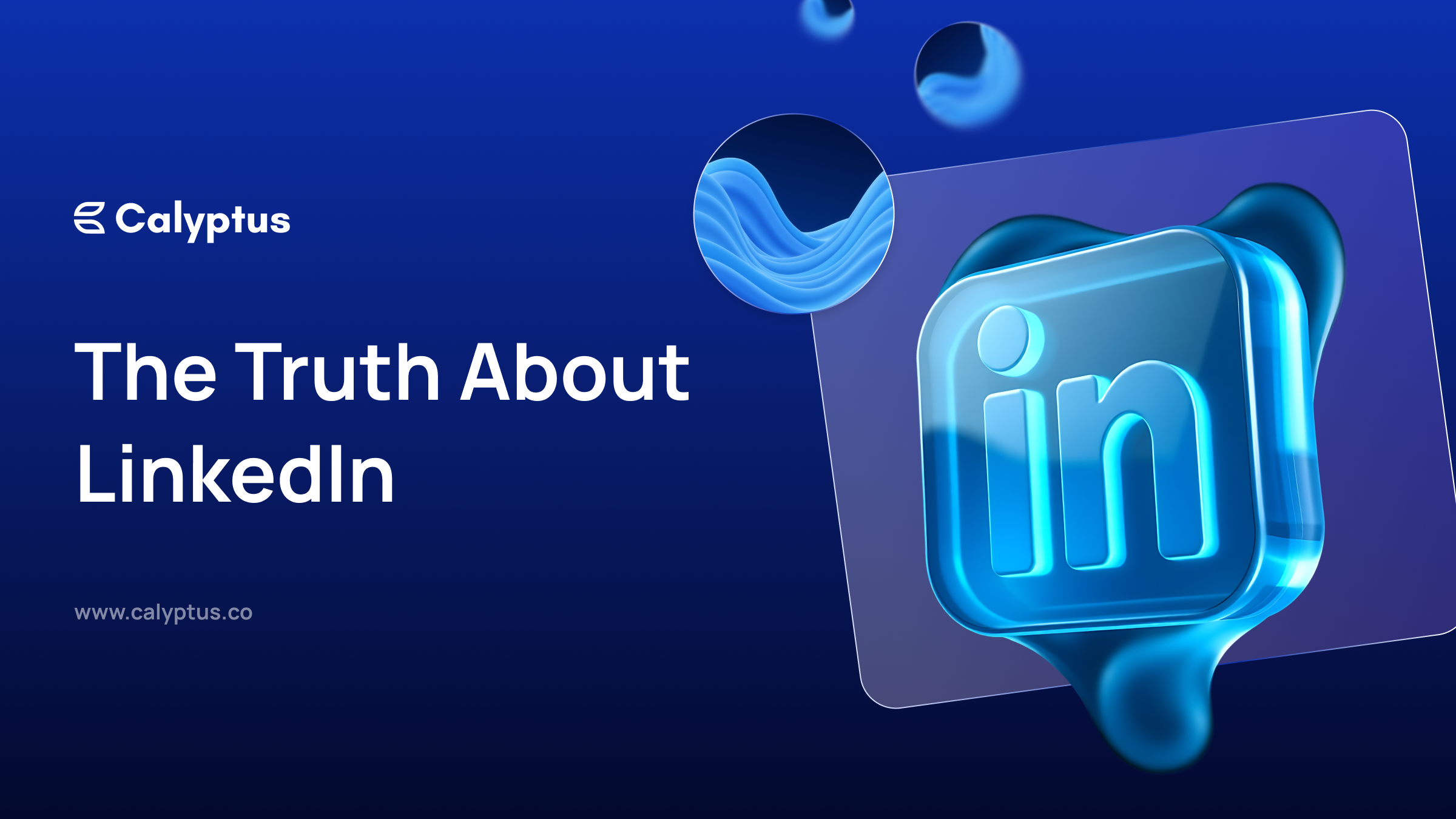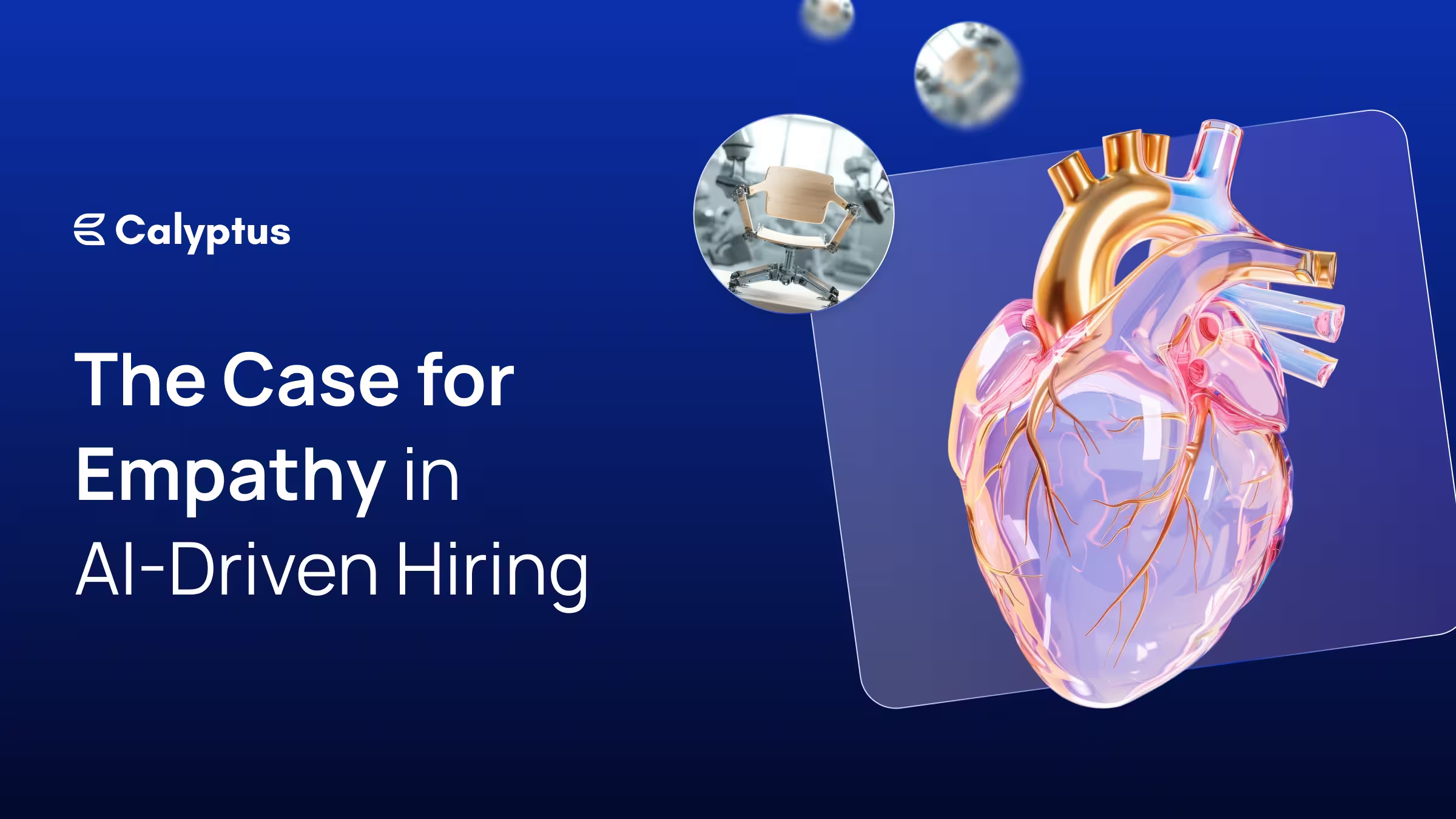The hiring landscape has become a theatre of carefully curated profiles and polished presentations, where LinkedIn posts and social media presence have somehow become proxies for professional competence. But here's the uncomfortable truth that's transforming how forward-thinking companies hire: the best signals aren't found in someone's LinkedIn activity, they're discovered in the work they produce when no one's watching.
The LinkedIn Mirage: When Curation Becomes Deception
While LinkedIn boasts over 1 billion users and facilitates 3M+ hires annually, its effectiveness as a hiring tool is increasingly being questioned. A troubling trend has emerged: 70% of employers use social media screening, yet over 50% reject candidates based on it. This process isn't just inefficient, it's deeply flawed.
The core problem is that LinkedIn profiles are performance pieces, not performance indicators. Unlike genuine work output, they are curated to present an idealized professional image. Alarmingly, 78% of candidates lie on resumes, and social media offers even more room for embellishment.
Bias is another serious issue. LinkedIn's own systems were found to favour men, requiring the company to create secondary algorithms to compensate for discriminatory outcomes, a stark reminder of how embedded bias can become in hiring tools.
The Bias Trap: How Social Media Screening Perpetuates Discrimination
Research consistently highlights how screening amplifies inequality. Applicants with Black-sounding names get 14% fewer interviews, while those who “whiten” their resumes see a 2.5x increase in callbacks. These aren't anomalies, they're systemic patterns.
Bias isn't limited to race. Recruiters also show preference for certain gendered behaviours and discriminate based on visible traits like age or family status.
A major study revealed that 100% of profiles reveal gender, race, and ethnicity, and a majority also reveal sexual orientation, religion, and politics, none of which predict job performance, but all of which subtly influence hiring outcomes.
The Performance Paradox: When Profiles Don't Predict Performance
The data is clear: work samples are 3x more predictive than resumes, and skills-based hiring outperforms degree-based hiring 5-to-1. Yet companies still rely on LinkedIn and social media as primary screening tools.
Consider this: work simulations predict 54% of performance, while LinkedIn activity predicts none. Meanwhile, organizations using skills assessments report 82% improvement in hire quality and 89% boost in retention.
What people ship matters far more than what they post.
The GitHub Reality Check: Contributions vs. Capability
Even GitHub, often viewed as a more legitimate signal of technical ability, is not a silver bullet. Most developers lack strong GitHub profiles, and public contributions say more about available free time than professional capability.
Experts caution against overvaluing GitHub activity. James Mahy argues that green squares are not a valid metric, noting that senior developers often don’t contribute outside work, not due to lack of skill, but due to boundaries and priorities.
The Alternative: Assessment Methods That Actually Work
Forward-thinking companies are shifting toward tools that measure actual capability. Work sample tests simulate real job scenarios, providing a fairer, more accurate view of what a candidate can do.
Another effective option is portfolio-based assessment. Portfolios showcase real work and thinking processes, offering proof of problem-solving ability that resumes simply can’t match.
More advanced strategies, like live coding, simulations, and technical demonstrations, validate actual skills. These tools shift hiring decisions toward competence and away from appearance.
The ROI of Real Assessment
The payoff of focusing on skills is substantial. Skills-based hiring leads to 9% longer employee tenure and improved promotion rates. Hires made on the basis of demonstrated ability show higher engagement and motivation.
Bad hires are expensive. The cost can range from $14,900 to $240,000, and relying on social media signals is like betting on outcomes with rigged dice.
The Signal in the Noise: What Really Matters
Future performance isn't found in someone's social presence. It’s revealed through:
- Portfolio quality: Real work that shows real thinking
- Technical demonstrations: Live problem-solving and walkthroughs
- Work sample performance: Behavior in realistic job contexts
- Collaboration: How candidates operate within teams
- Problem-solving: Their approach to challenges
These signals can't be faked or coached. They reflect actual competence, mindset, and work ethic.
The Future of Hiring: Beyond the Profile
As the war for talent intensifies, companies sticking to traditional screening will fall behind. Real success comes from identifying real ability through real work.
LinkedIn isn't useless, it still helps for networking and initial contact, but the days of using it as a proxy for potential are ending. The organizations leading the charge in hiring are those focusing on genuine output.
These companies are seeing fewer bad hires, better team performance, and more diverse, capable workforces. They’ve realized that in a world full of curated profiles, the only real signal is in the work itself.





